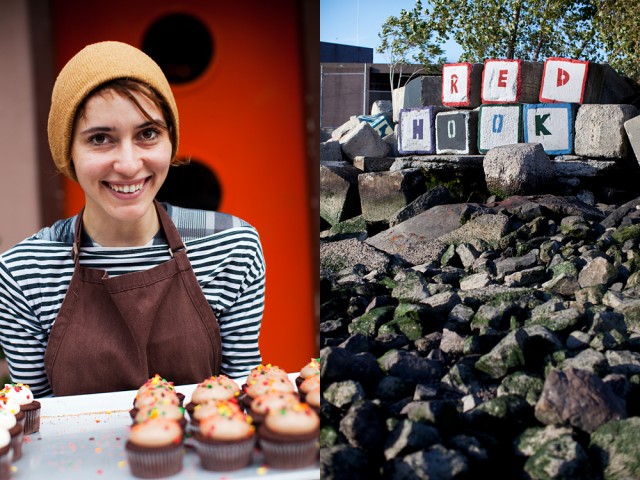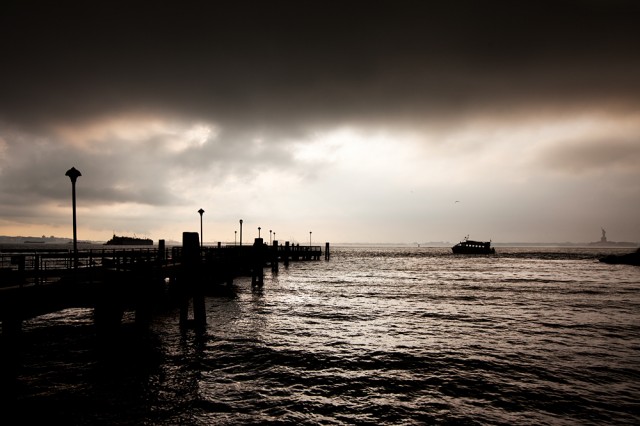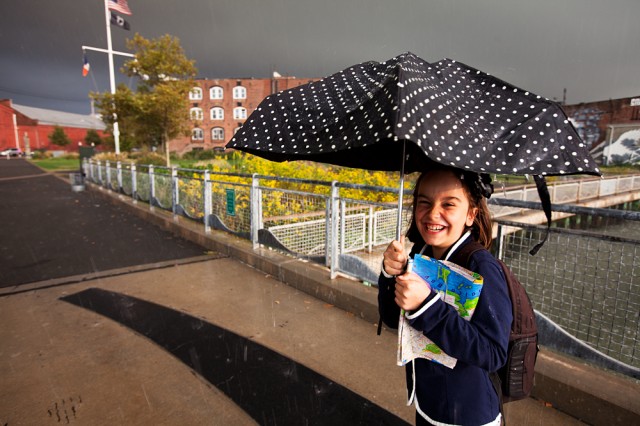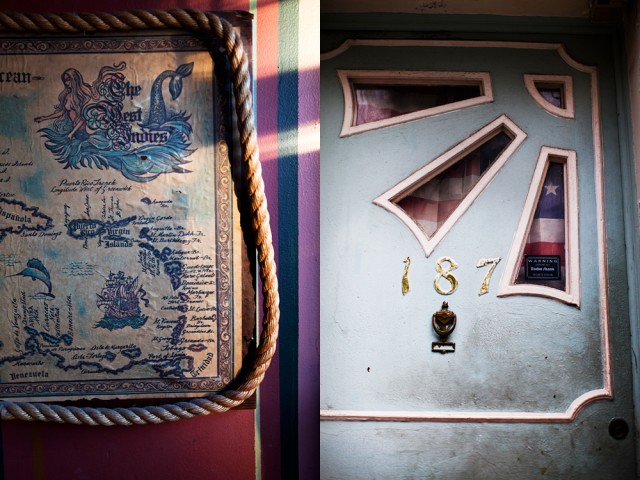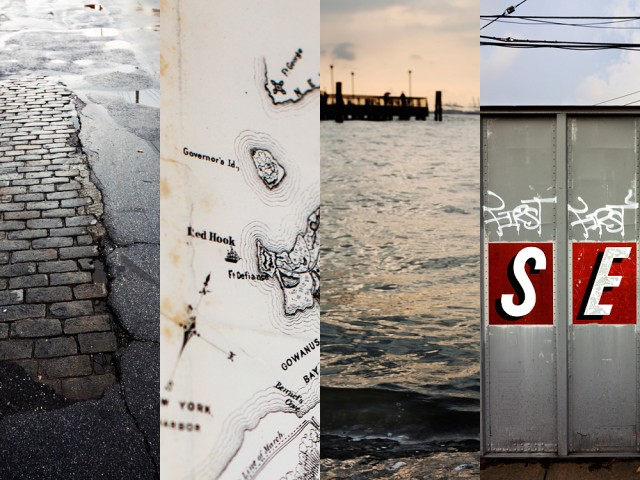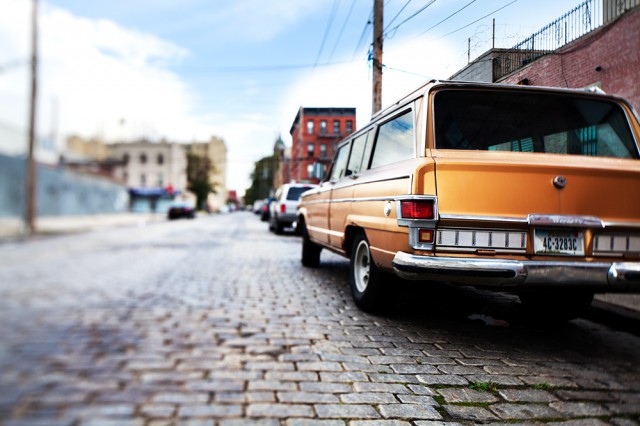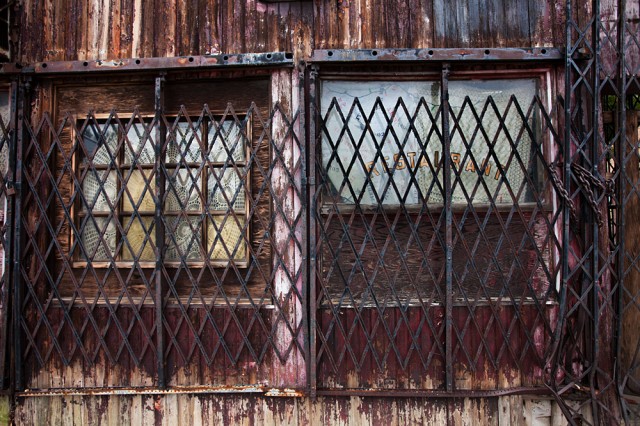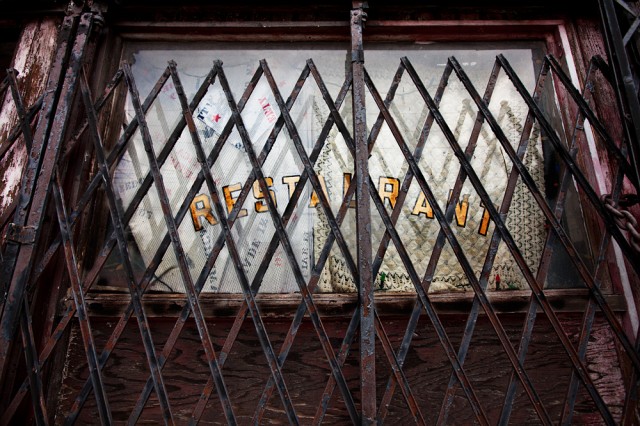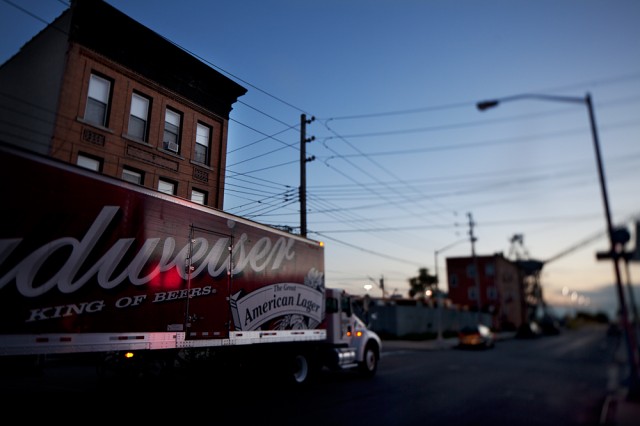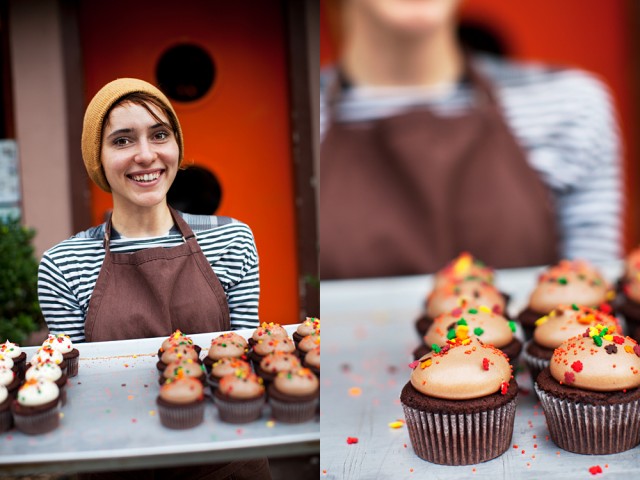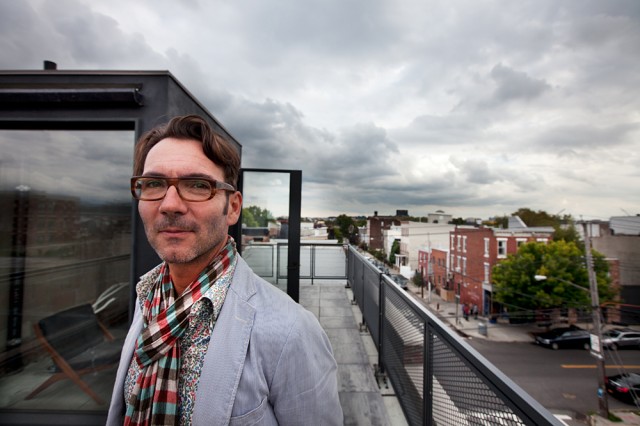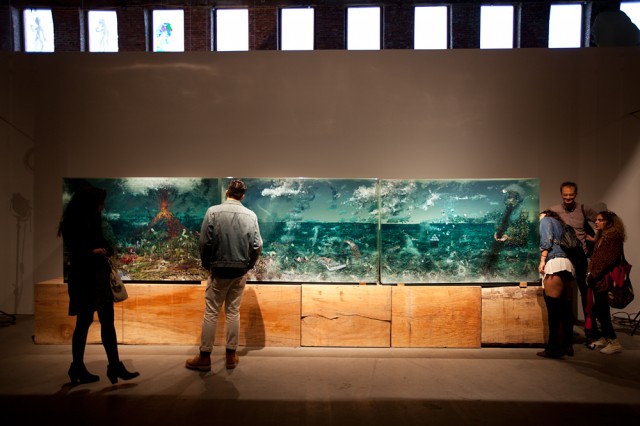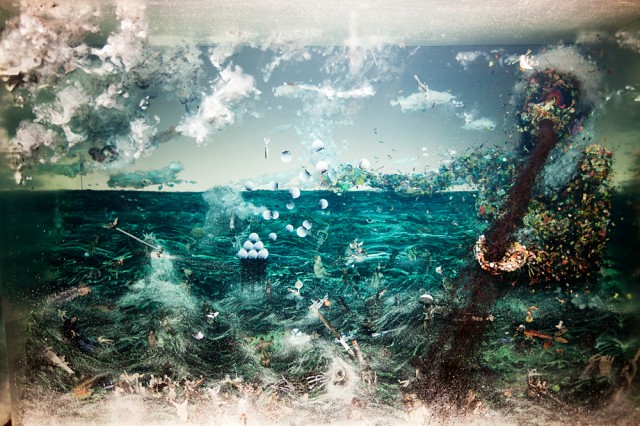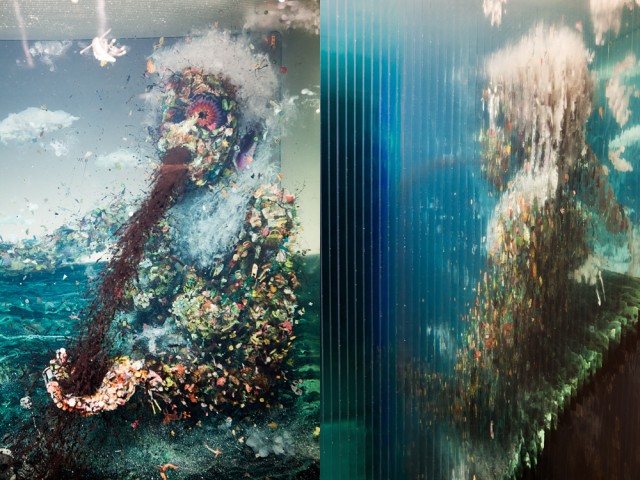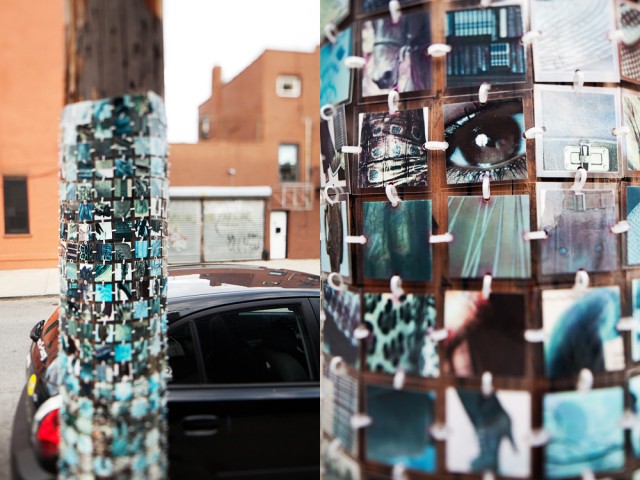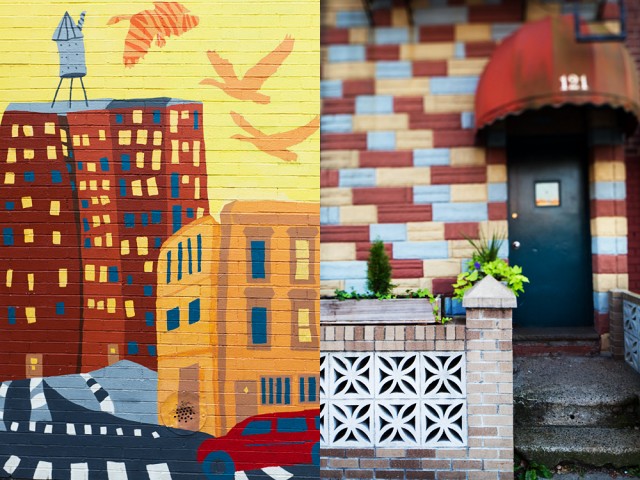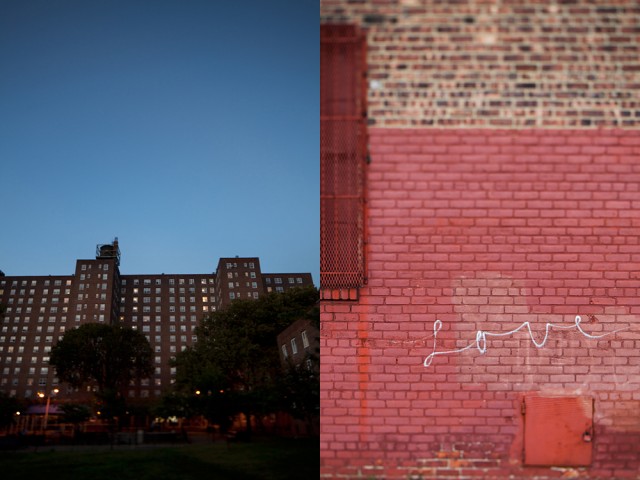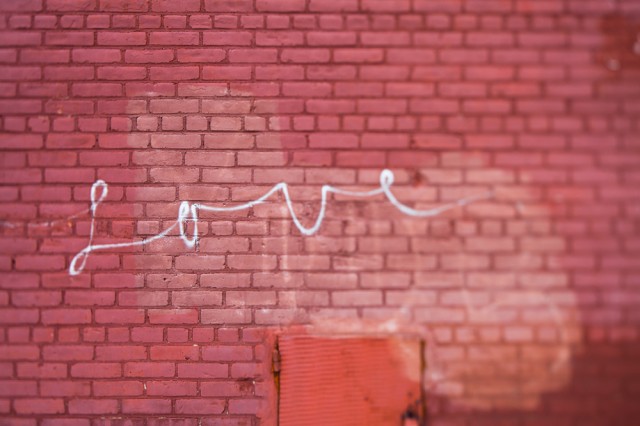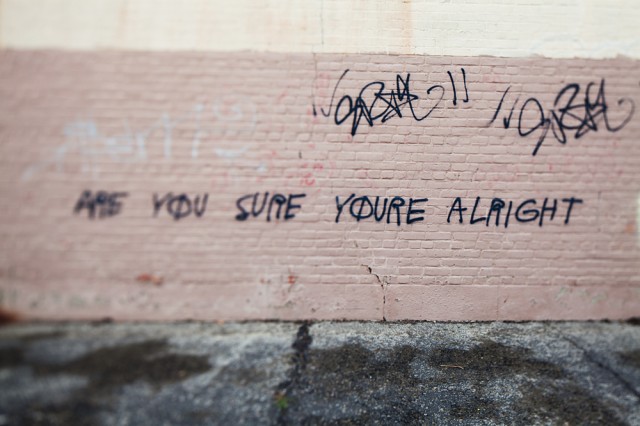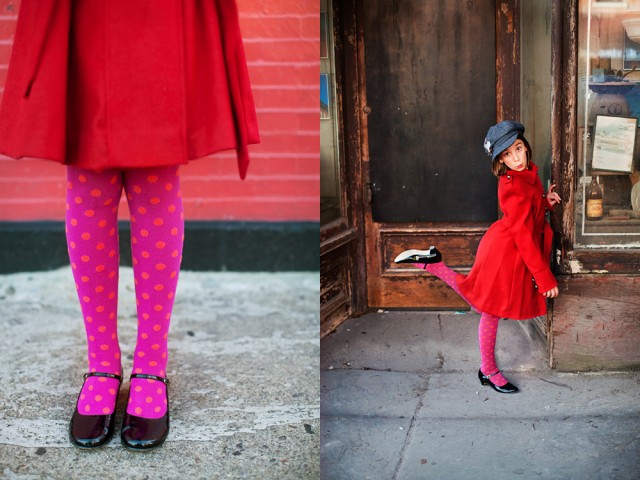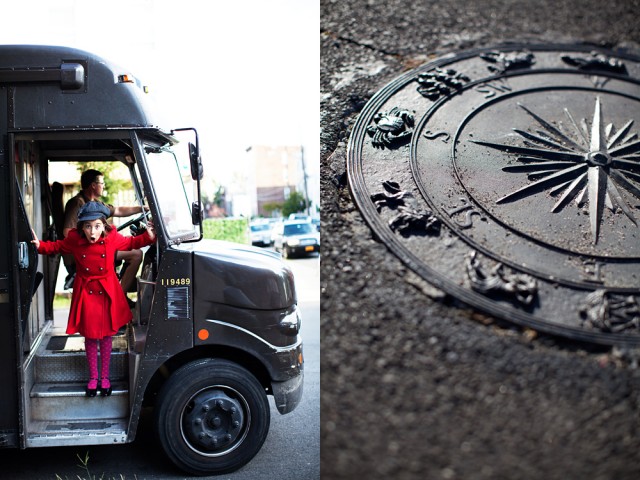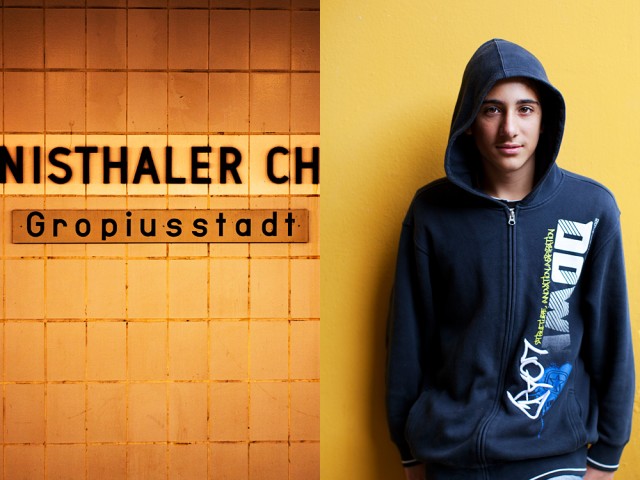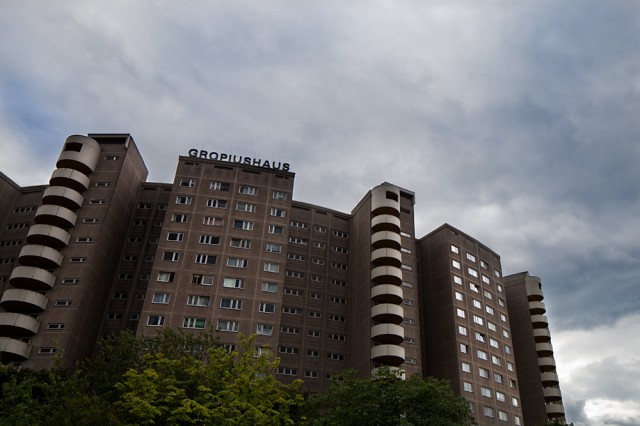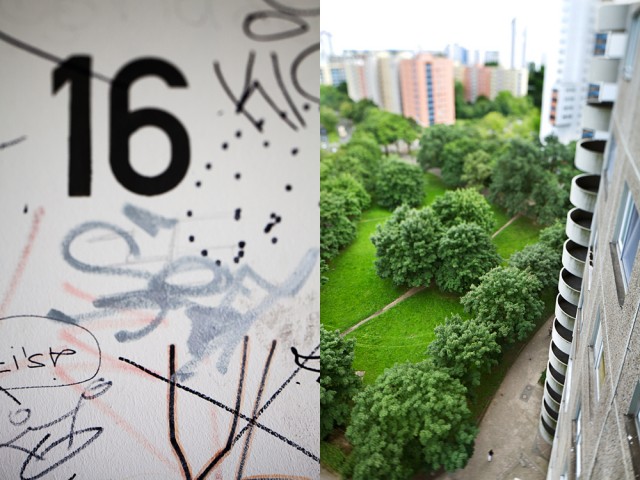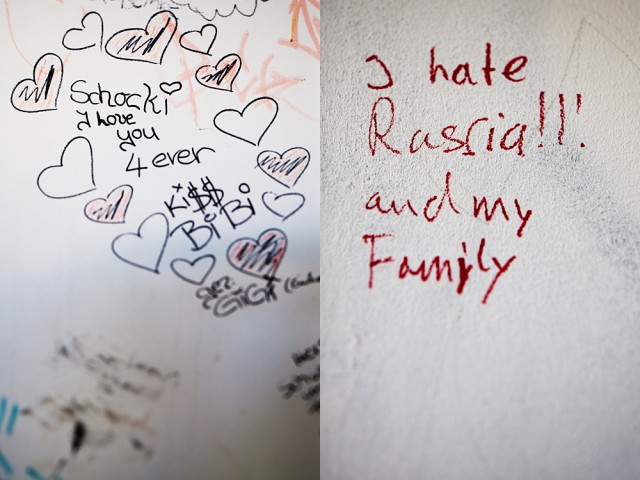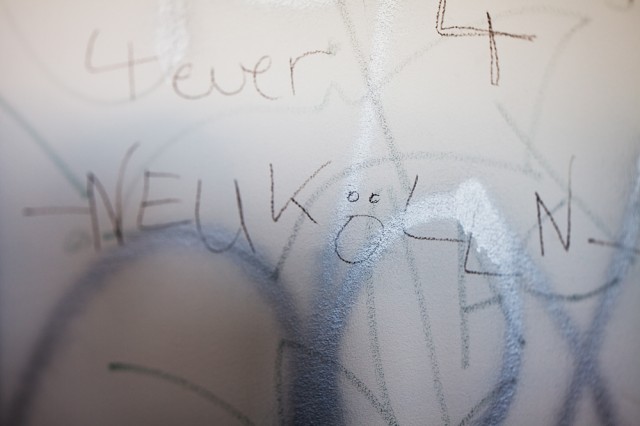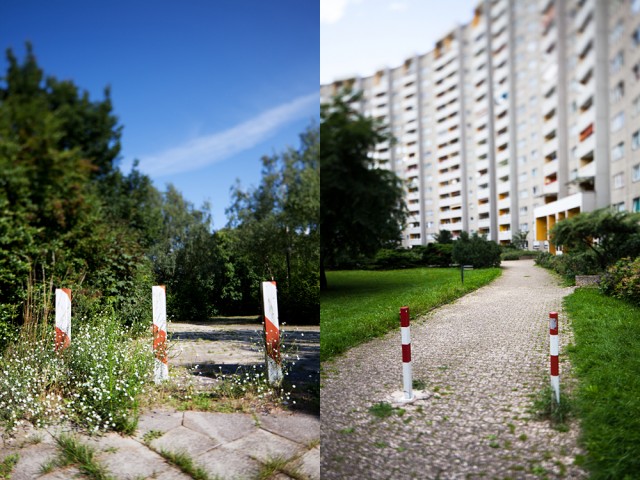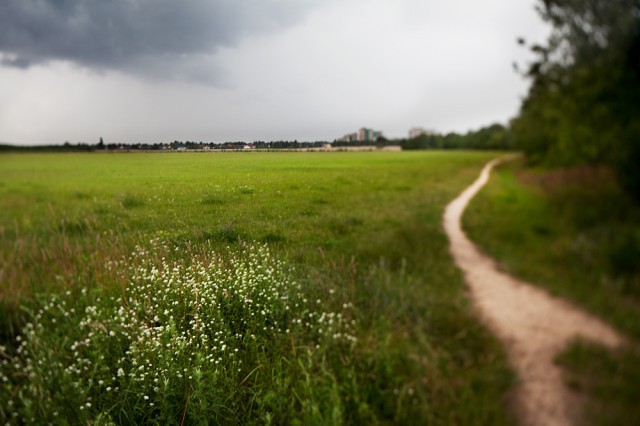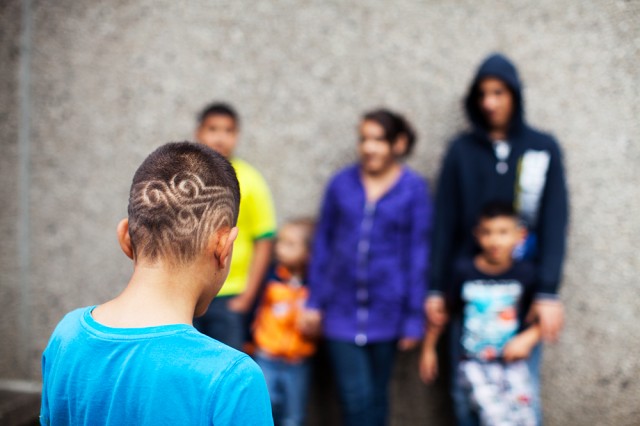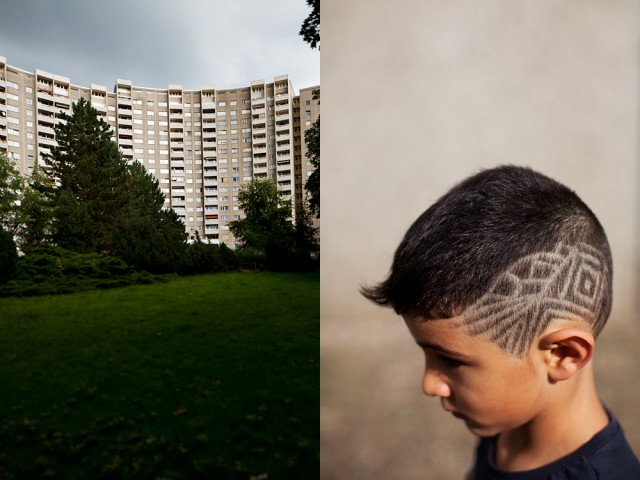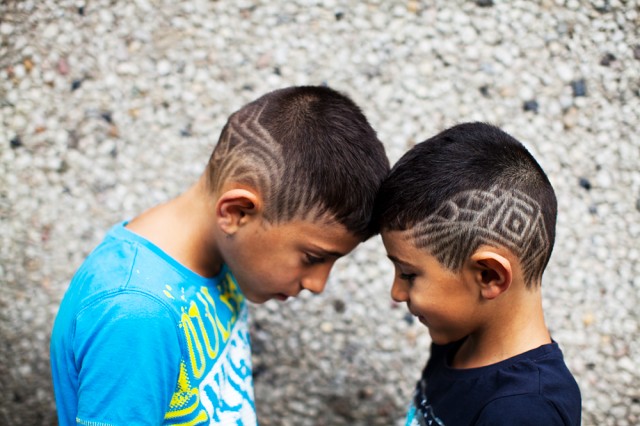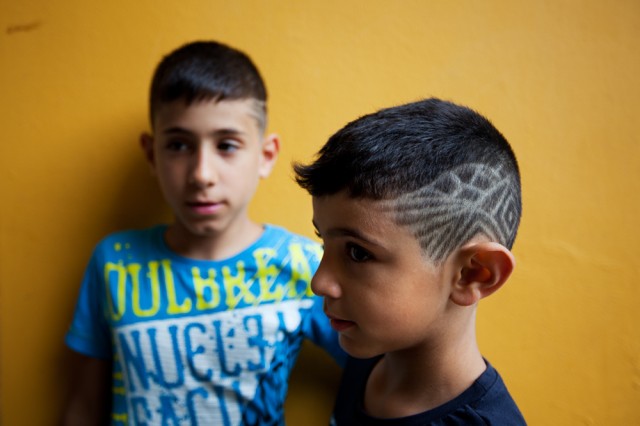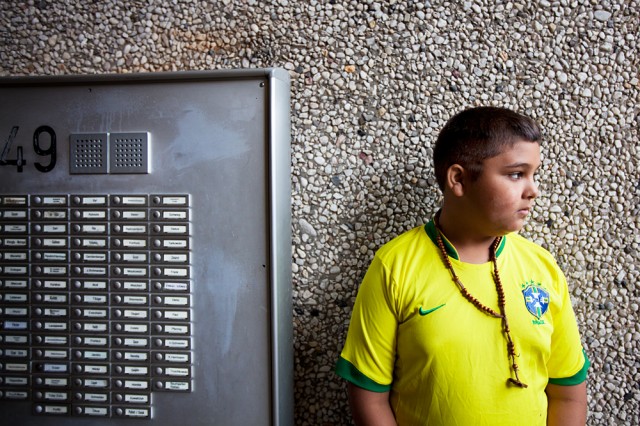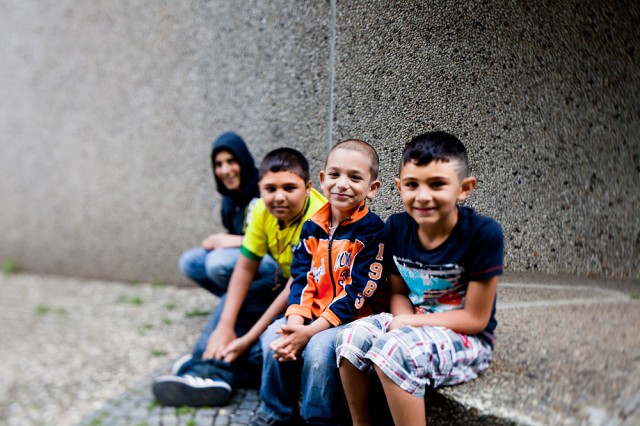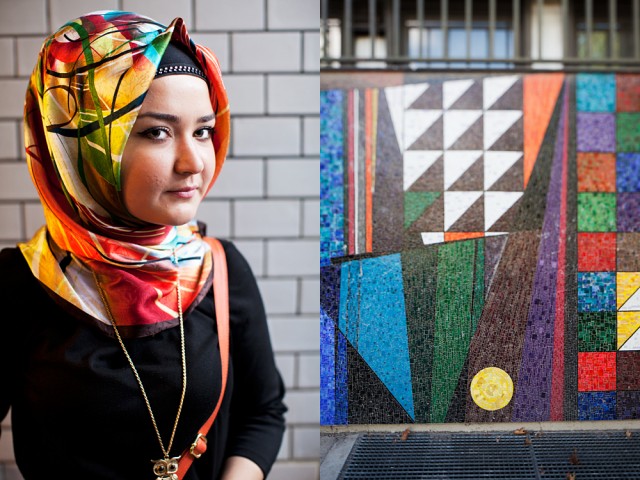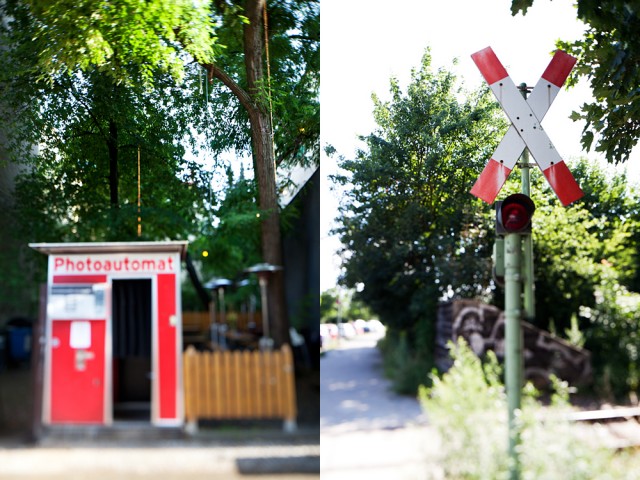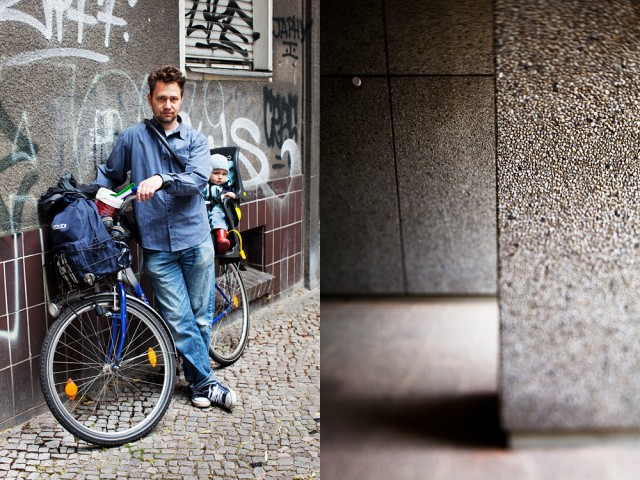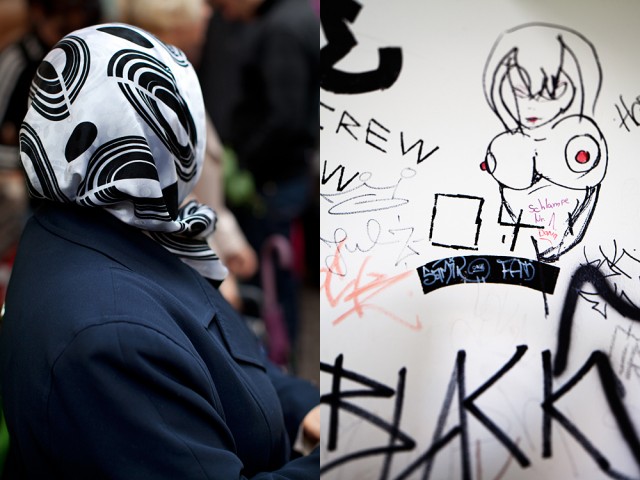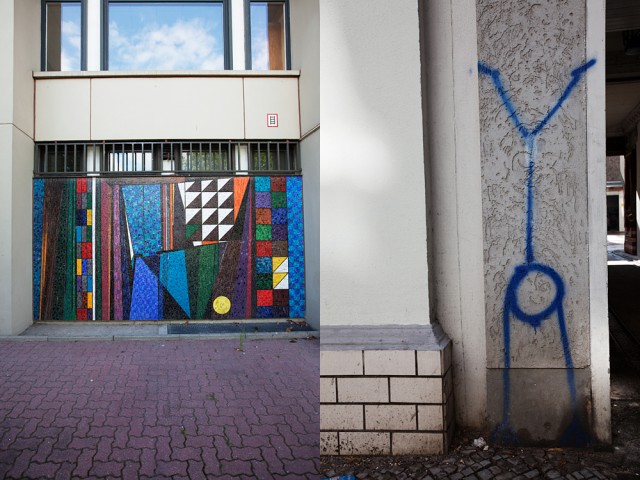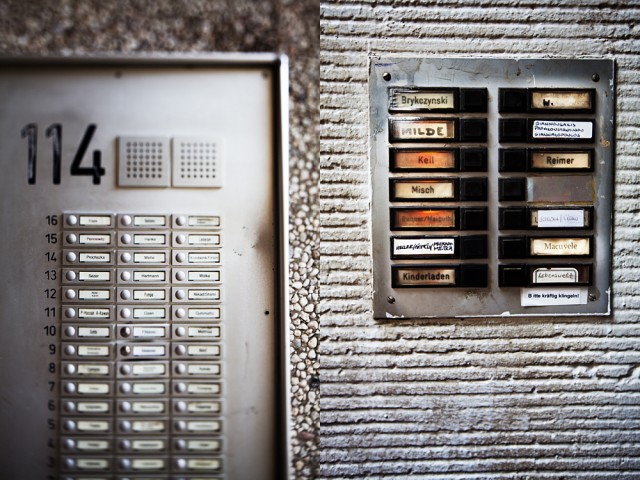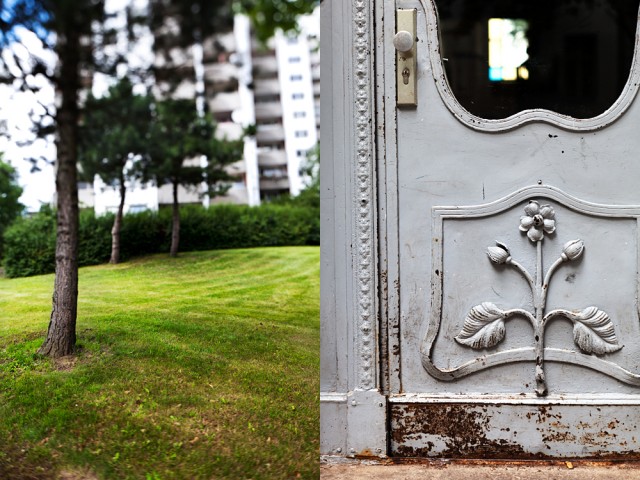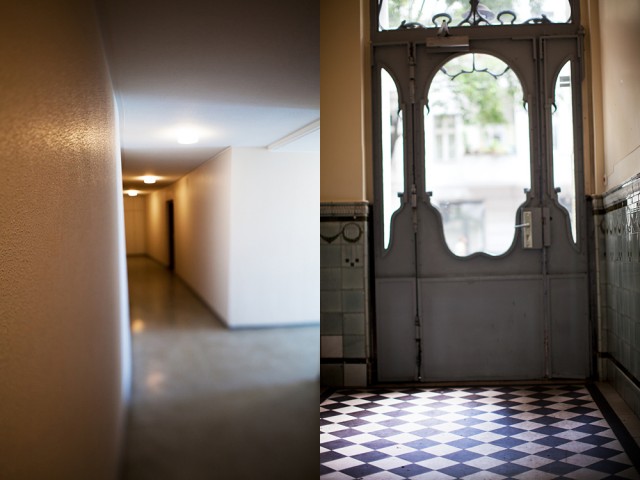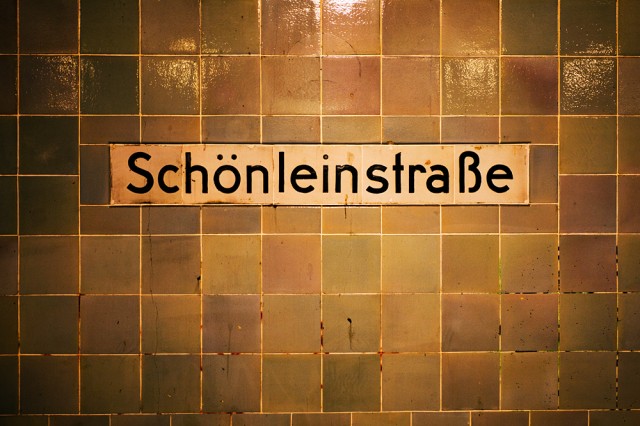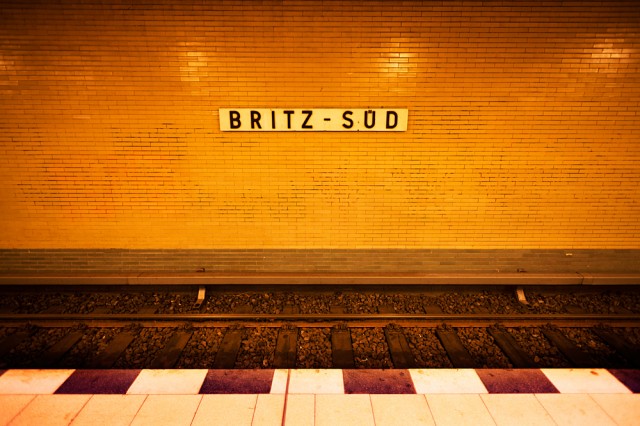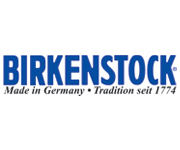Late, late, late.
But I have good reason. Namely, trying to map out the next four months of travel – lots of ‘what, five hours of daylight only, no way, can’t go there’ or ‘it’s too hot/cold/expensive’ – then booking flights, accommodation, blah blah blah – while simultaneously trying to explore and photograph ‘Suburb’ No 35.
Hence why the latter is a little thin on the ground for my liking. But the good news is, I finally settled on where we’re all headed next.
Before we get to that, let’s take a wander through our last NY neighbourhood, Red Hook. A fascinating little pocket of NY that feels remote, like a fishing village kind of, but a fishing village that has a huge IKEA and a water taxi that’ll get you to Manhattan in two shakes of a lamb’s tail.
Some facts and history… Settled in 1636 and named by the Dutch for the red clay soil and the fact it’s a point (in Dutch, ‘Hoek’) of land jutting out into the sea. A thriving maritime hub until the 1950s when its waterfront industry went into decline – as did the neighbourhood. The low point was in the 70s and 80s – crack and crime, centered around the projects (public housing estate) in the south-east of the neighbourhood. Mid-1990s, artists started to move in, attracted by the industrial spaces, followed by IKEA and supermarket, Fairway. One part of Red Hook is gradually gentrifying – near the water, down the main street – but there’s still plenty of lonely, vacant lots and the majority of Red Hook residents still live in the very un-gentrified projects, the second largest in NY.
For the last time in NYC…
Part 1: First visit
I suspect we had the same first reaction to Red Hook as most day trippers – nice old working waterfront but is that it? And where is everyone?
Because unlike everywhere else we’ve been in NY, Red Hook is super quiet, with few people wandering around and lots of empty spaces. Wild west meets isolated fishing village. Tumbleweed territory.
It all made sense when I later learned that Red Hook’s population withered after the 1950s and is now half what it was then, at just 11,000. And most of those 11,000 live in the projects, away from the waterfront.
Which means that the population density of the gentrified bits – the nice old rowhouses and the industrial spaces – must be incredibly low. Why? For a start, Red Hook is hard to get to – there’s a water taxi from Manhattan but no subway and just one bus. It also ain’t cheap – humble looking homes sell for a million plus – yet aside from IKEA and Fairway, there’s hardly any local services.
As a result, it felt like Coco and I had the place to ourselves for most of the time. Especially on our first visit, when the skies turned black and there were even fewer people on the streets than usual…
Part 2: Filled with textures not people
Without many people around to distract one’s eye, it was easy to appreciate Red Hook’s many textures and layers.
Part 3: People!
Not that we met many of them but from what I could gather the community in Red Hook – at least in the gentrifying area – is tight-knit; as someone said, “we all know each other, which is good – and bad”.
Although the area is known for its artist community, there are people here from all walks of life – we met a real estate agent, someone who worked in the cafe and an architect. But as different as they may seem, they’re all “independent” and not your norm. As one article about the neighbourhood said, “Red Hook isn’t for everyone”.
We met German architect Thomas, below, picking up his bike from the local bike shop – and then proceeded to run into him twice again over the next few days. On one of our encounters he showed us around his most recent job, a refashioned three level building, with a retail shop on the bottom, two floors of living and a rooftop terrace. Just sold for close to two million.
The next time we ran into Thomas he was walking his dog down by the waterfront, surrounded by wonderful old warehouses, re-purposed but mercifully intact. He reminded me that a former police detective, Greg O’Connell, owned four of these waterfront buildings, including an old coffee warehouse that houses Fairway (and Michelle Williams who lives in the chic apartments above Fairway), and that he’d bought them from the city of NY for just half a million dollars way back when. That’s good detective work I reckon.
Part 4: Art
While Thomas and Greg O’Connell might not mind Red Hook’s rising real estate star, there are plenty of artists in the neighbourhood who do. I met one who told me to buzz off – he didn’t want me contributing to the hype around Red Hook, liked the place as it was. Fair enough.
Another much friendlier one explained that he actually liked where Red Hook was at, a little gentrified but not too much; he’d arrived a decade ago when there was “nothing” but now the place was in a “sweet spot”.
We were having this chat at an art exhibition Thomas had told me about, inside a massive Civil War-era warehouse owned by artist Dustin Yellin. Yellin bought the 24,000-square-foot space this year for $3.7 million to create an “utopian art center”.
Whether or not that happens the warehouse is an amazing space for his unusual artworks. From a distance they look like objects held in suspension but they’re not. He applies paint and printed material to layers of resin or glass which, when stuck together, create three-dimensional forms.
I didn’t stumble on any other artist’s studios but I did find some art on the streets…
Part 5: The projects
I would liked to have explored the other side of Red Hook – the public housing or projects as they call them here. But alas, all my travel planning sucked up so much time in the past 10 days it left little to do anything more.
Still, a few shots of the un-gentrified side of Red Hook…
The image below is taken outside a public school that was renamed after its principal, Patrick Daly, who was killed in 1992 in the crossfire of a drug-related shooting while trying to find a student. It was around that time Time Magazine named Red Hook as one of the “worst” neighborhoods in the United States and as “the crack capital of America.” While things have obviously improved, I imagine life in the projects is a far cry from that of their neighbours.
Part 6: The shoot
You know how we always take a few pics of Coco in ‘traditional dress’ in each city we visit? Well, not sure if NY has a traditional costume so we went retro, appropriate given Red Hook’s old-worldly feel.
The Wrap
Loved Red Hook, despite the fact I’m sure I missed a whole lot (apologies to any Red Hook residents). The feeling of space and freedom is pretty wonderful, and yet Brooklyn and Manhattan are just there on your doorstep should the need for, well, anything, arise. And three cheers for those who’ve fought to keep the waterfront out of the hands of developers – may it continue thus.
On the ‘home front’
Okay, so first to say, many thanks for the city suggestions last week. I want you to know I considered each and every one of them, carefully, taking into consideration the city, weather, cost etc.
So what should you pack for the last four months of your virtual journey? Well, you’re going to need something glam for… Los Angeles, something quirky for… Tokyo, and something colourful with an inbuilt bullet-proof vest for… Mexico City (just joking Joyce).
LA because it’s much maligned, Tokyo because I got a great deal on two return tickets from LA (and yeah, yeah it’s meant to be AMAZING) and Mexico City because I realised it’s a culture this project hasn’t touched on. (There will be another city too, at the very end, but that’s still TBD.)
I really hope you like the sound of all that. Do you?
—
This suburb has been brought to you by Scott Falvey
—
We leave for LA on Sunday or Monday so the first post will be a week later. See you then.
